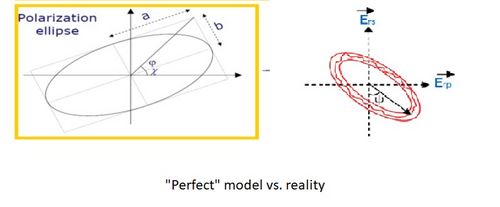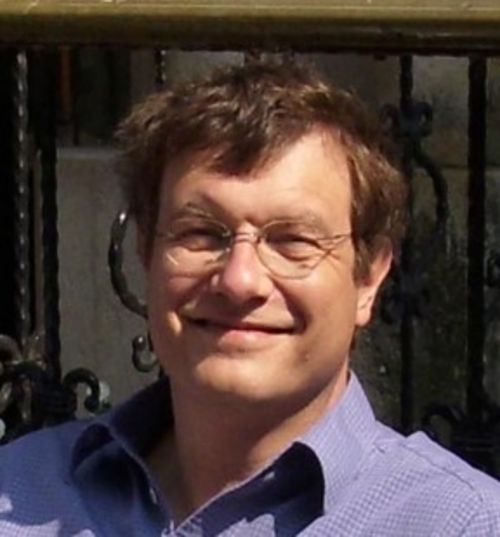The Problem: the very nature of the “photon” respectively of light waves!
Project Details
Seed Project
Project Manager
Kurt Hingerl
Call
10/2021
Ellipsometry measurements can produce a measurable depolarization. However, until recently no physical models have been proposed or published explaining depolarization.
Maxwell equations alone cannot explain this, because these are partial differential equations second order in space and time and therefore do not increase entropy. Three prerequisites for depolarization are:

1) (Temporal or spatial) decoherence is a necessary, but not sufficient condition for measurable depolarization.
2) The measurement process: All our detectors are slow against the oscillation period of light, so we never measure the real fields, but “only” their second moments, i.e. statistical averages.
3) Inhomogeneous samples crosspolarize light due to the continuity conditions for the fields at material interfaces.
In a series of 6 papers ( 3 x Opt. Lett, 2 Appl. Surf Sci, 1 JAP) the applicant (and coworkers) published theoretical papers explaining these effects. The measured depolarization is results from a convolution of sample properties and measurement system properties.
The proposed project has the goal of checking (i.e. falsification, or better, hopefully corroboration) the proposed theories. Therefore, nanostructured samples with variable overlayer thickness, below and above the coherence length of the provided light source; and variable periodicity, below and above the spatial coherence area will be fabricated by nanostructuring for testing the predictions of the published mathematical models. Ellipsometric and Müller matrix measurements will be performed as theory tests. In addition, through experimental procedures (pinhole size variation, varying the monochromator resolution) the coherence properties of the light sources will be modified.
This project will provide essential insights into the quantum mechanical nature of the photon.
The Head of ZONA (Center for Surface- and nanoanalytics) is active in education and research and has invented numerous patents. Bevore heading the Christian Doppler Lab for Surface Optics from 2003 - 2011, he was group leader for physical measurement technology at Profactor in his hometown Steyr. Along the way, he earned his habilitation in experimental physics in 2002.
